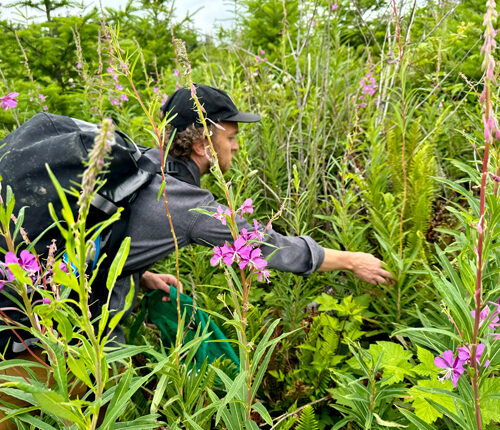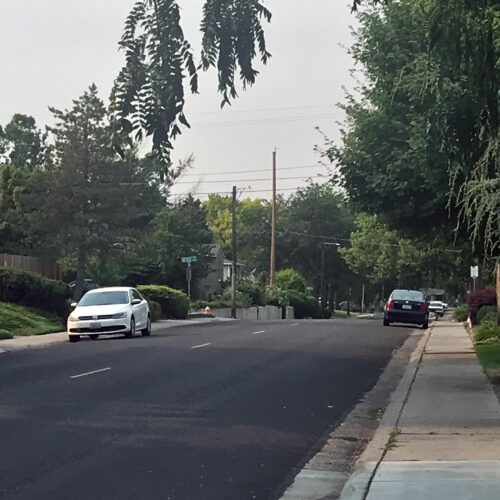
Federal Agency Will Stop Killing Beaver State’s Beavers To Help Salmon
Listen
It took the threat of a lawsuit, but a federal agency is no longer killing the Beaver State’s beavers. Environmental groups had challenged the practice in Oregon because, they said, it’s a threat to more than just the state animal.
Beavers just can’t help themselves — they have to build dams from sticks and mud. Those dams can create really good habitat for other species, like imperiled salmon.
“The slow moving waters created by the beavers provide ideal cover and food for endangered fish,” said Collette Adkins, an attorney with the Center for Biological Diversity.
But Wildlife Services (a program with the U.S. Department of Agriculture that deals with human-animal conflicts) has been culling Oregon’s beavers. The environmental groups said the program killed more than 400 Oregon beavers in 2016.
That didn’t sit well with the center.
The group, along with Northwest Environmental Advocates, recently threatened to sue Wildlife Services to stop the practice.
“It just makes no sense to be killing beavers in areas where we’re concerned about the endangerment of these very rare fish,” Adkins said.
Wildlife Services said it would stop the killing of beavers in Oregon while it conducts a biological assessment and consultation with the National Marine Fisheries Services.
“(Wildlife Services) has ceased all aquatic mammal damage management activities in Oregon related to damage caused by beaver, river otter, muskrat and mink out of an abundance of caution,” David Williams, Wildlife Services state director, wrote in a letter.
The group is also halting the killing of other aquatic mammals while it evaluates the program. Wildlife Services will continue to manage nutria problems. Nutria are invasive rodents that can damage wetland ecosystems by eating native plants. Their burrowing can cause soil erosion.
The reason there is a program to kill beavers is they can cause a lot of damage: turning highway road culverts into dams, flooding agricultural lands and athletic fields and damaging timber, according to information provided by Wildlife Services.
Adkins said it’s rare a federal agency changes its strategy after groups only threaten to sue.
“They’ve pledged to do the right thing, but we’ll keep on them to make sure that they follow through with those commitments,” Adkins said.
Wildlife Services will prepare a biological assessment of its program and the threats to endangered fish by Feb. 28.
Related Stories:

Elkton Community Education Center aids regional monarch research
Barbara Slott stands near some flowering plants that will provide nectar for monarch butterflies. (Credit: Karen Richards / KLCC) KLCC | By Karen Richards A small nonprofit in rural Douglas

Wolves remain endangered in Washington state
Washington state’s Fish and Wildlife Commission voted to keep gray wolves’ endangered status. (Credit: William Campbell) Listen (Runtime 0:54) Read Gray wolves will keep their endangered status in Washington state.

‘Tastes like hard work:’ Inside a foraging hike on the Kitsap Peninsula
Andrew Pogue, co-founder of Fair Isle Brewing in Seattle, reaches for fireweed leaves on a foraging trip. (Credit: Courtney Flatt / NWPB) Listen (Runtime 3:46) Read One craft brewery in
















